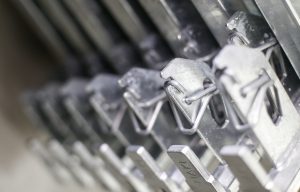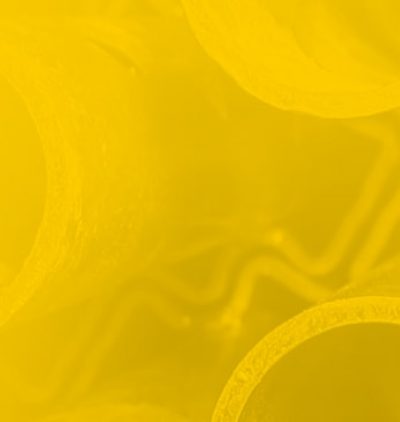Reasons to use genuine HAKI

HAKI is a market leader in system scaffolding. As such, we are at risk of being copied. Needless to say, these copies do not guarantee the safety achieved with genuine HAKI components – copying existing designs with lower quality materials.
Although there is a vast difference between a copy and genuine HAKI components, it may be difficult to notice at first glance.
In general, however, HAKI components look much better in terms of quality than the corresponding copy. This can be seen by checking pockets, welds, joints and edges; where the difference is most obvious. If they look raw, rough, manually-welded and have sharp corners and edges, there is no doubt that this is a copy of HAKI.
10 ways of distinguishing copy v. genuine HAKI:
- The marking – HAKI components have a logotype and a year stamped into the metal, making them fully traceable. Copy has no HAKI marking.
- The sticker – HAKI components have a HAKI sticker with all certifications. Copy has neither stickers nor certifications.
- The pockets – HAKI’s pockets are welded in a robot in order to control the strength of the welded joint holding the pockets and are guaranteed to withstand a load of at least 5 tonnes. Copy has manually-welded pockets and there is a risk of their breaking under heavy loads.
- The welds – Copy has poor welds and spatter, posing a risk of injury.
- The hooks – Copy has hooks with sharp corners and edges, posing a risk of injury.
- The spigots – HAKI standards have spigots that are made by reshaping the ends of the standard tube for easier erection and maximum material strength without risking weaknesses on account of welds.
- The spring locking catch – you can recognize HAKI by its patented spring locking catch.
- The surface treatment – all HAKI’s steel components are hot-dip galvanized.
- The weight – Copy has a much greater weight on account of much poorer steel quality.
- The single tube beam – HAKI’s single tube beam has patented pear-shaped ends for maximum strength.
Other things that may be useful to know are that:
- Copy has a very limited range of products and offer no accessories whatsoever.
- Copy is not produced in Sweden or Hungary.
- Copy is not produced in accordance with EN 12810 and EN 12811.
- The welders of copy are not certified in accordance with EN ISO 3834-3.
- Copy is not tested by SP Technical Research Institute of Sweden.
- Copy is not quality-certified in accordance with ISO 9001.
- Manufacturers of copy do not provide support, training, qualified advice, material specifications and drawings.
- Copy has neither type examination certificates nor erection instructions.
It is also important to remember that according to HAKI’s specification, you must not combine copy with genuine HAKI components as warranties and insurances will no longer apply.

Deliver maximum safety and efficiency on your next project.
 Haki has now acquired vertemax – Discover the
Haki has now acquired vertemax – Discover the 